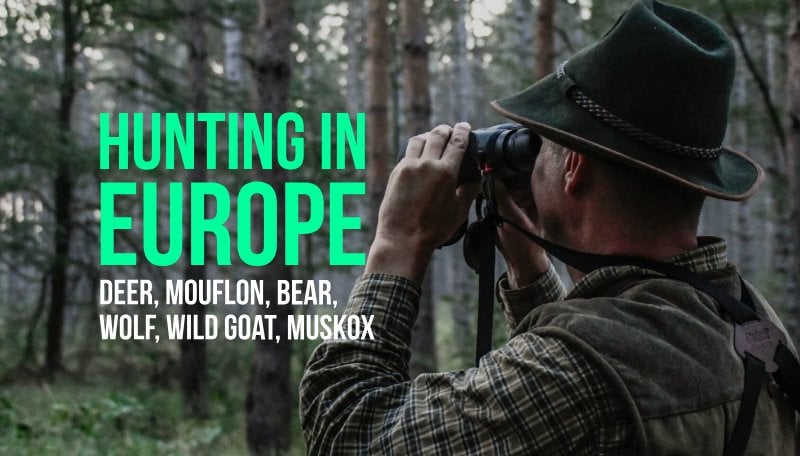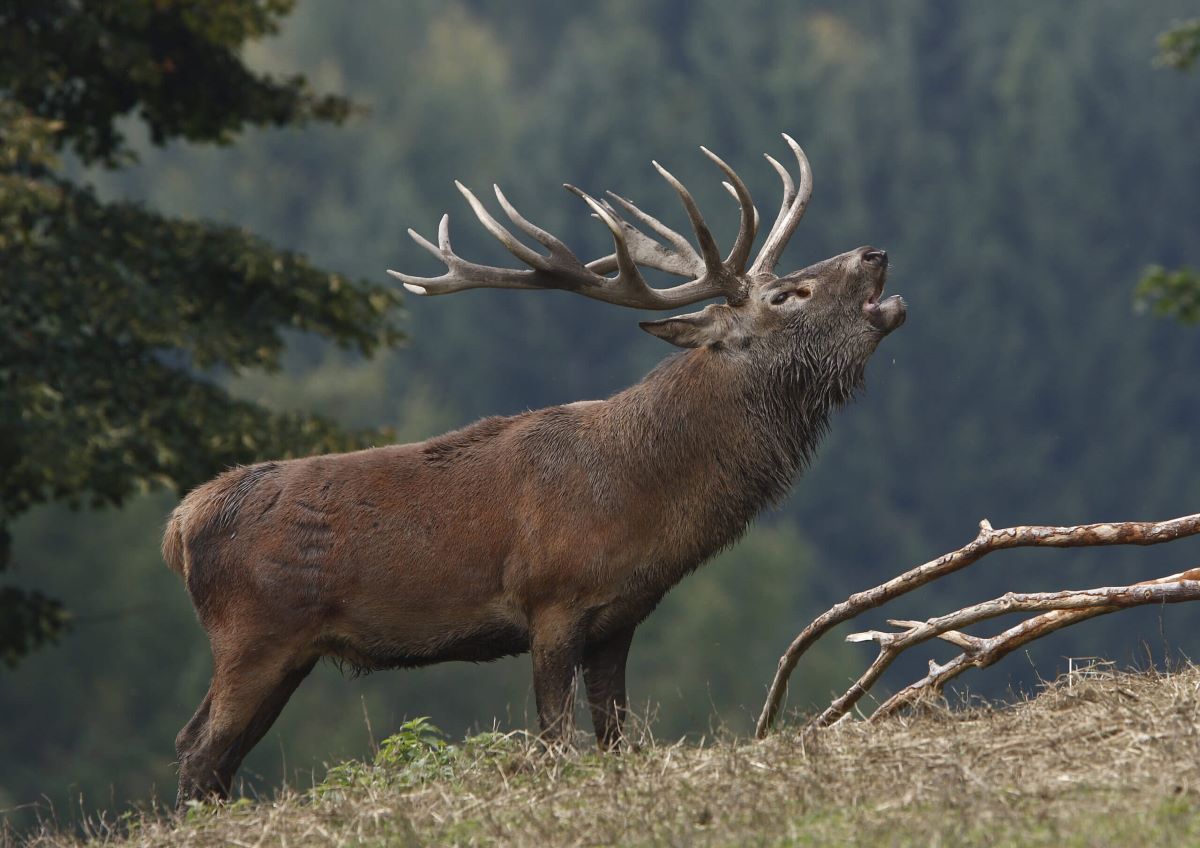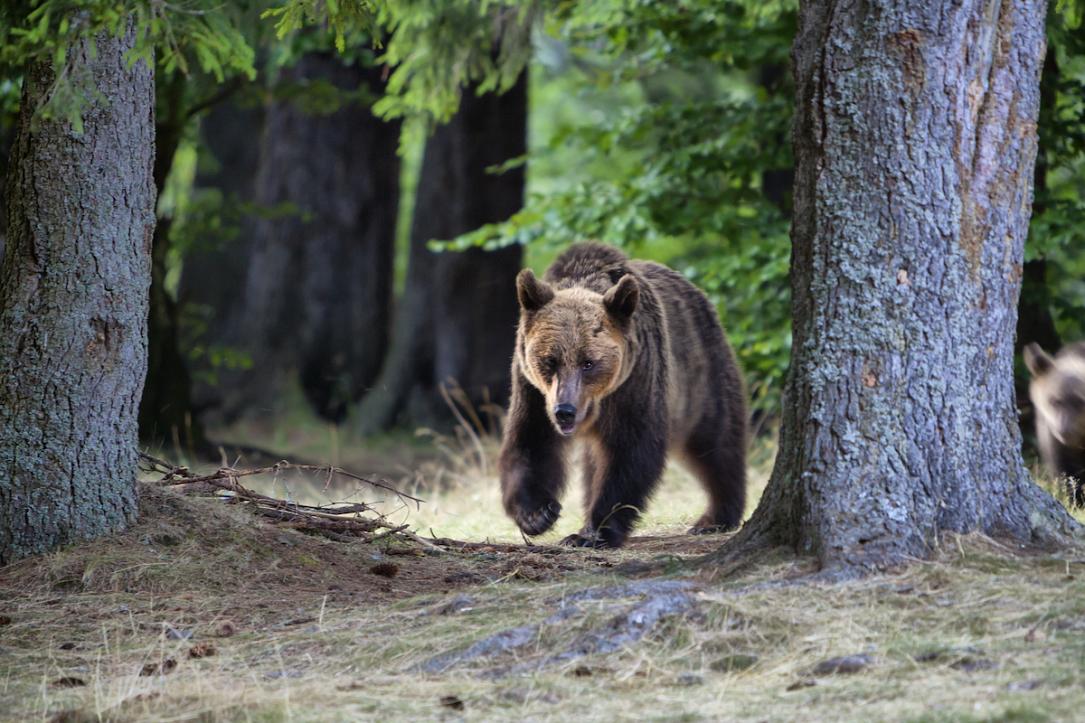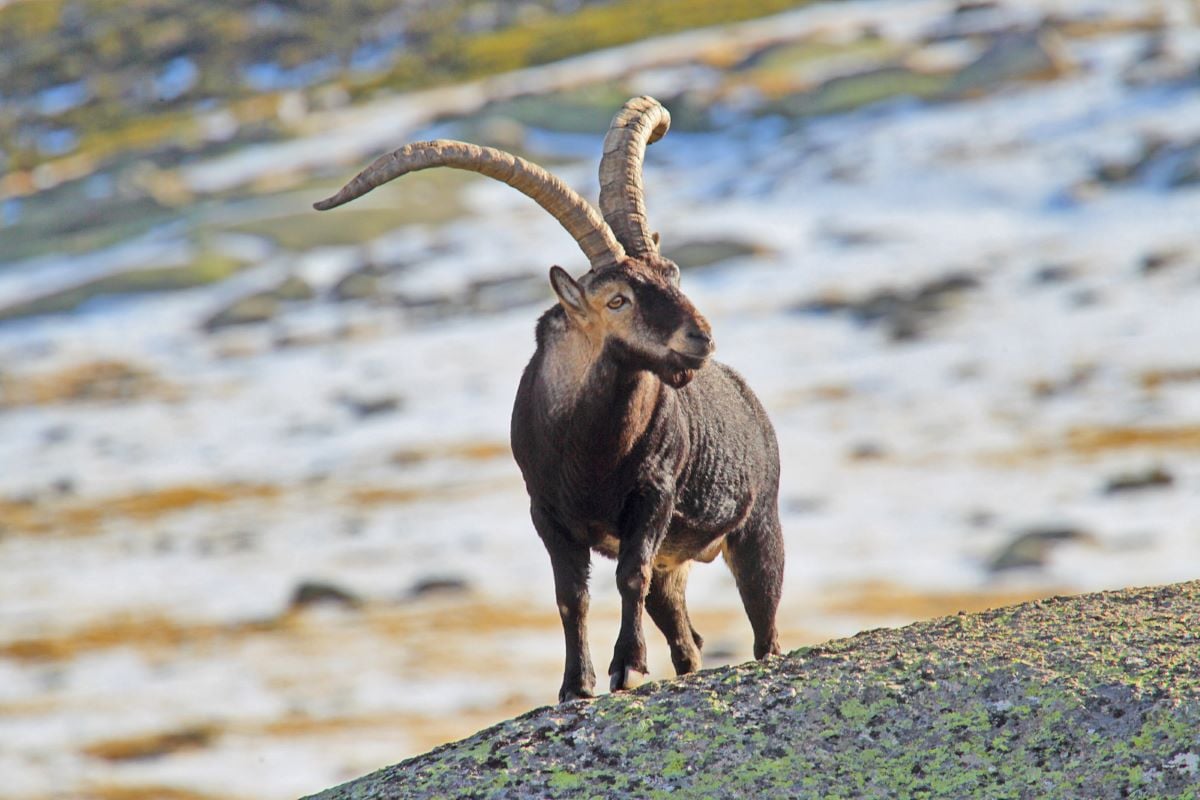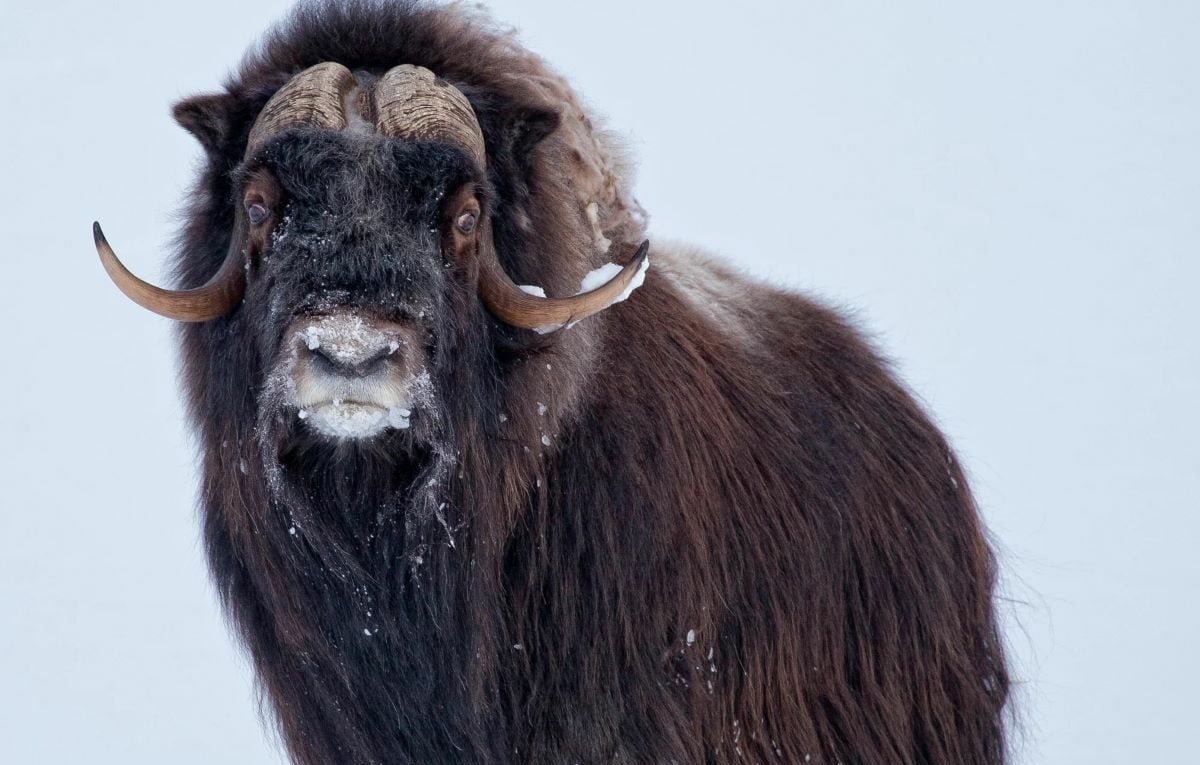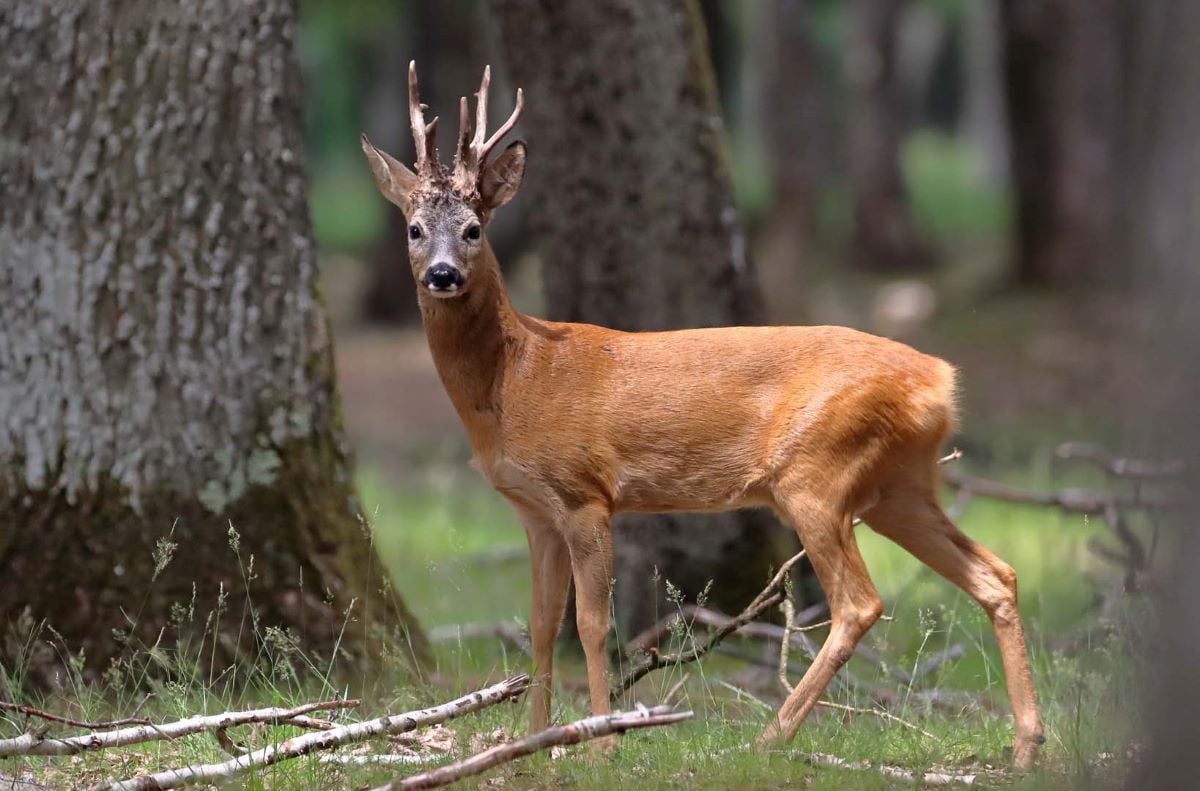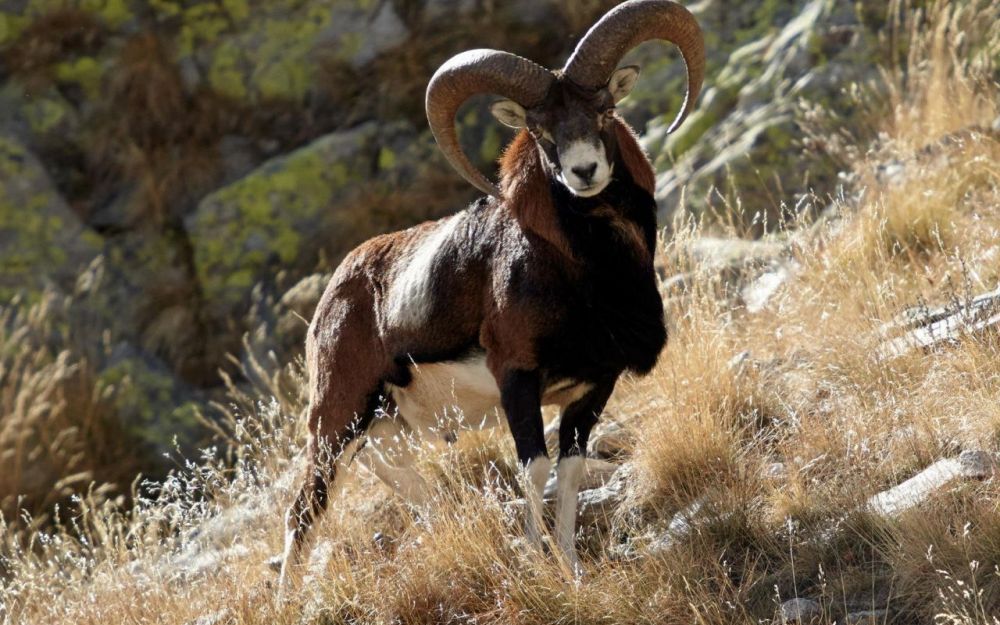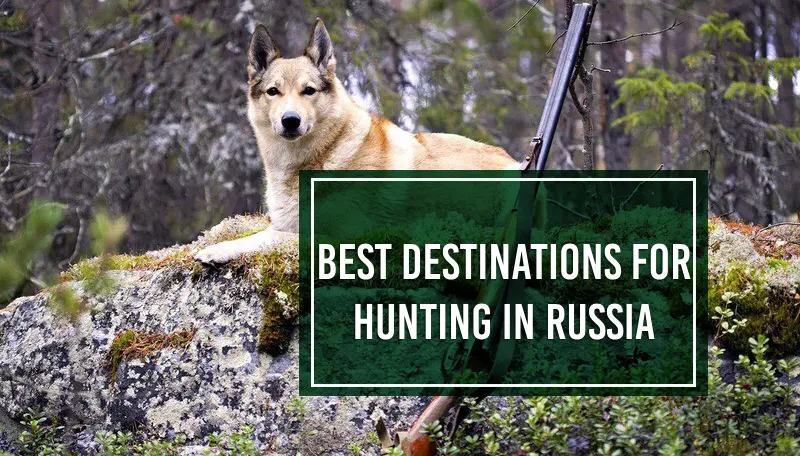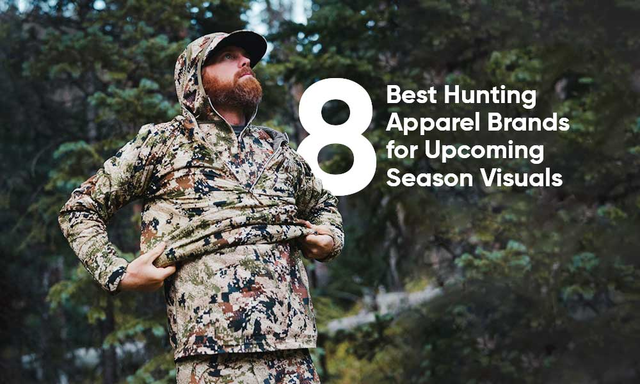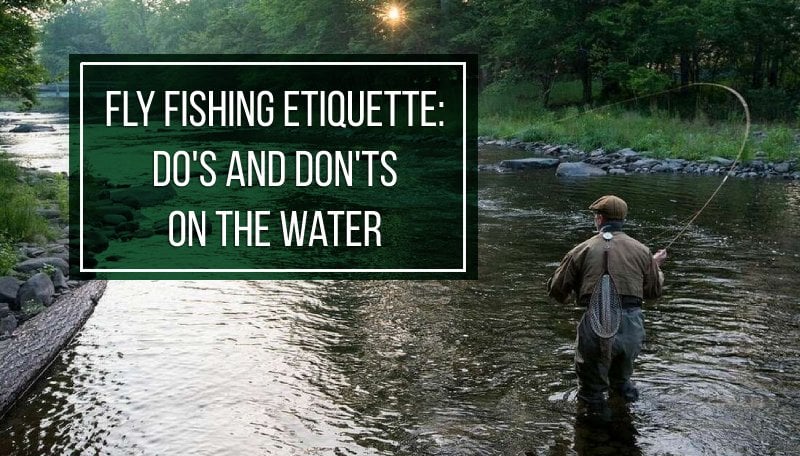In the vast and diverse landscapes of Europe, hunting traditions run deep. From the sun-kissed plains of Spain to the dense forests of Romania, Europe’s best hunting places offer an array of unique experiences for every passionate hunter. In this post, we journey across the continent, exploring the most renowned countries for hunting in Europe. Let’s get started.
Best Countries for Hunting in Europe
Hungary
Romania
Spain
Greenland
Poland
Austria
Hungary: Deer Hunting
Despite its relatively small size, Hungary boasts a rich tapestry of diverse habitats. Forested mountains, sweeping plains, expansive rivers, and serene lakes dot the landscape, providing an ideal setting for various forms of wildlife. This natural beauty, coupled with comfortable lodges, hotels, and spas, makes Hungary a top hunting destination in Europe. And let’s not forget the amazing Hungarian cuisine and wine, which adds a delightful culinary dimension to your Europe hunting trip.
Hunting Deer in Hungary
Hungary is best known for its deer hunting. The country is home to three deer species – red deer, fallow deer, and roe deer – each offering unique hunting.
The European Red Stag, known as the “King of the Forest,” is one of the most sought-after trophies for hunters in Europe. This majestic creature is not only impressive in size but also in behavior, especially during the rutting season when stags engage in fierce battles for dominance. Hunting red stag requires patience and skill, often involving careful stalking or waiting in hides to catch a glimpse of these wary animals. The best time to hunt red stag is during the rut in late September and October when the males are less cautious and more active during daylight hours
Fallow deer are known for their unique antlers and beautiful coats, which can range from rich brown to black and even completely white. They are smaller than red deer but are equally challenging to hunt due to their keen senses and agility. Fallow deer hunting can be done by stalking or from a high seat, and the rutting season in October offers an exciting spectacle of bucks fighting for dominance.
Roe deer are considered the most elegant native deer in Hungary. They are smaller in size but what they lack in stature, they make up for in grace and agility. It’s also a popular game species for bowhunting in Hungary.
The first hunt of the year typically starts in the middle of April with the roe deer hunt. Many hunters prefer this season as it coincides with the rutting season towards the end of July and the beginning of August. As September rolls around, the main hunting season kicks off with the opening of the red stag season. And come October, fallow deer join the list.
Other Hunting Opportunities in Hungary
But it’s not just about deer in Hungary. The country offers a multitude of other hunting opportunities, from mouflon sheep and wild boar to waterfowl, pheasant, partridge, and hares.
Organized driven hunts are popular, especially for wild boars and pheasants. These hunts typically run from November to January. But the beauty of hunting wild boar in Hungary is that it’s a year-round activity. Summer hunts can be particularly productive, especially on agricultural lands. And if you prefer stalking and stand hunting, the fall season won’t disappoint.
Duck hunting also kicks off in September, coinciding with the opening of the mouflon season. And as October arrives, the small game seasons start. What’s also great is that you can, depending on a particular hunting trip, take a combo hunt, adding wild boar to roe deer, for example.
Romania: Bear Hunting
With its vast, unspoiled wilderness and rich hunting traditions, Romania emerges as one of the best hunting destinations in Europe. The country is home to an array of wildlife, including wolves, brown bears, wild boars, and several species of deer, all thriving in their natural habitats. Romania boasts nearly 27 percent of its land area covered by undisturbed forests, one of the largest in Europe. Romanian hunting culture, stretching back centuries, is also renowned for excellent game management.
Hunting Bear in Romania
Romania holds the distinction of having the largest population of Eurasian brown bears in Europe. In fact, some estimates suggest that almost 70 percent of the total population of these magnificent creatures in Europe reside in Romania. And it’s so high that it’s not unusual for hunters to come across ten bears per afternoon hunt.
Romanian bears are massive, often exceeding 800 pounds, making them highly prized trophies. While bear hunts are conducted in both fall and spring, the hunting methods vary from stalking and baiting to driving with beaters. Compared to other European destinations like Croatia and western Russia, Romania offers a higher success rate and larger bears.
Other Hunting Opportunities in Romania
Apart from bears, Romania is home to the Carpathian chamois, the largest subspecies of chamois in the world. The Carpathian Mountains have produced some record-breaking chamois, with eight of the top ten heads coming from Romania. Chamois hunts are physically demanding, involving a lot of walking and climbing, but they reward hunters with breathtaking views and the chance to bag a world-class trophy.
The red stags in the remote Carpathian Mountains are larger, on average, than those in Western Europe. Each September, the mountain valleys resonate with the thunderous roars and clashes of battling stags, creating a thrilling spectacle for any hunting enthusiast. These free-ranging stags can be hunted by stalking or, in some cases, using horses.
Romania also holds the distinction of being one of only two countries in modern Europe where wolf hunting is not only permitted but also quite successful. The country’s robust wolf populations provide hunters with an exciting and challenging pursuit. In Romania, wolves can be hunted during fall and winter by tracking, stalking, calling, or driving with beaters. Additionally, Romania boasts thriving populations of wild boar, which grow to remarkable sizes. The lowlands along the Hungarian border are home to excellent roe deer.
For wingshooters, Romania’s Danube delta region near the Black Sea is a paradise. This area is teeming with geese, woodcock, ducks, quail, and numerous other game birds.
Spain: Mountain Hunting
Perhaps the most popular country for hunting in Europe, both European and Western, the Kingdom of Spain has a hunting heritage that goes back more than 800 years. Today, Spain is known for its progressive and intensive wildlife management systems, producing stable populations and excellent trophy quality of their native species. Blessed with a mild Mediterranean climate and a variety of terrains, Spain offers a long list of game animals, many of which are unique to the Iberian Peninsula. From mountains in the north, southcentral, and west, to rolling hill country, forests, and agricultural land, Spain truly is a hunter’s paradise. It’s also one of the few countries where you can hunt with a bow in Europe.
Hunting Wild Goats in Spain
Spain is perhaps most renowned for its diverse populations of wild goats, known as Spanish ibex, which are held in high esteem by the international hunting community. The Spanish ibex has four subspecies. The Gredos Mountains, located near Madrid, are home to the Gredos ibex, the largest of the Spanish ibex varieties. This creature is highly sought after by hunters for its distinctively curved horns. Moving further east, the mountains of Valencia provide a habitat for the Beceite ibex. Lastly, in the coastal mountains of Andalusia, hunters can find the Ronda and Southeastern ibex. These are the two smallest varieties of Spanish ibex but are no less prized.
Additionally, Spain is home to two subspecies of chamois: the Pyrenean chamois of the Pyrenean mountains and the Cantabrian chamois from the Cantabrian mountains of the north coast. These two chamois are the smallest varieties.
Other Hunting Opportunities in Spain
Spain also has its own subspecies of red stag, which, however, are slightly smaller than those of the mainland. It is also home to fallow deer, roe deer, huge mouflon rams, and a large population of wild boar. Wolves may be hunted by special permit only. Other game includes Barbary Sheep and Balearian Boc.
If bird shooting is your game, red-legged partridge offers the most exciting and challenging experience. The bird is indigenous to Spain and has a rapid and irregular flight pattern.
Greenland: Muskox Hunting
Greenland, the world’s largest island and most sparsely populated country is renowned for its muskox hunting. As part of the Danish Commonwealth, Greenland operates with significant autonomy and boasts a commendable wildlife management system, resulting in thriving wildlife populations.
Muskox Hunting in Greenland
Muskox and caribou, or reindeer, are the primary attractions for hunters in Greenland. The Greenland muskox is a large, robust mammal with a distinctive shaggy coat and formidable horns. These majestic creatures have roamed the Arctic for thousands of years and profoundly influenced the indigenous communities.
Greenland offers muskox hunting seasons in spring, summer, and fall. The trophy quality for muskox is outstanding, with many older bulls qualifying for the Boone and Crockett record book. In Greenland, you can use rifles or archery equipment. Seasoned hunters recommend using .30-caliber rifles for muskox hunting, with shot distances averaging between 50 to 150 yards.
Caribou Hunting in Greenland
In addition to muskox, Greenland has caribou, including many large-antlered, mature bulls. The native caribou population on the west coast of Greenland is estimated to be around 140,000 animals.
Caribou hunting in Greenland is similar to sheep hunts, involving hiking up in the mountains to locate the animals. However, during the rut, caribou tend to move down from the high mountains, making them easier to hunt. Seasoned hunters recommend using .30-caliber rifles for caribou hunting, with shot distances averaging between 100 to 300 yards.
Poland: Big Game Hunting
Poland, the largest country in Eastern Europe, is widely recognized for its excellent hunting. Larger than all other Eastern European countries and about the size of the state of New Mexico, Poland boasts enormous areas of forest and sparsely populated agricultural land.
Hunting Deer and Bison in Poland
For generations, Poland has been a popular destination for red stag hunting in Europe. The quality of stags might be considered medium compared to other regions, but what makes hunting in Poland stand out is the sense of wild adventure it offers. It’s a different kind of thrill, something more raw and primal compared to the more controlled hunts of southern Hungary. Besides, the pricing for red stag hunting in Poland is quite reasonable.
Roe deer hunting in Poland is another highlight. The country’s vast population of roe deer, combined with good trophy quality and affordable prices, make it a sought-after destination for roe deer hunting.
However, the true jewel in Poland’s hunting crown is the European bison. Poland is home to some of the largest herds of these animals, except in Russia.
Other Hunting Opportunities in Poland
Thanks to its large agricultural tracts bordering densely forested areas, the country has become a favorite spot for wild boar hunting. Driven boar shooting is extremely popular due to the high daily bags. Furthermore, the Carpathian Mountains still hold populations of wolves.
Austria: Alpine Hunting
Austria, a country steeped in centuries-old hunting traditions, is a welcoming haven for hunters worldwide. Slightly larger than West Virginia, this European gem is 75% mountainous terrain adorned with sweeping evergreen forests, charming valleys, and picturesque Alpine meadows. The country’s rich hunting culture and history stretch back over a millennium, creating a unique blend of tradition and modern hunting practices.
Alpine Hunting in Austria
Austria stands out for its exceptional management of various game species. The country is home to an array of unique wildlife, including red deer, fallow deer, sika deer, roe deer, chamois, mouflon, Alpine ibex, marmot, and wild boar.
One of the most coveted big game species in the Alps is the Alpine Ibex. It stands out as the rarest huntable ibex of all ibex species worldwide. The Alpine Ibex’s thick, slightly curved horns add to the allure of this trophy for hunters. After nearing extinction, the ibex was reintroduced to the Swiss and Austrian Alps in the 19th century. Thanks to sustainable management practices, the Alpine Ibex population has stabilized, showcasing one of the most remarkable success stories of conservation through hunting in Europe. Autumn and winter, with the rut occurring in December, are the optimal seasons for a successful ibex hunt in the Alps.
Mouflon is another of the most prized trophies for hunters in Austria. And no wonders. Characterized by their massive, thick horns with a wide curl, the best Mouflon genetics can be found in Austria. The rut season for Mouflon is in November.
Alpine Chamois hunting is typically quite challenging and unfolds throughout the day. Unlike other game, early morning and late evening hunts are not required as chamois are active all day. The rut, a spectacular display of bucks chasing each other at full speed over steep mountain cliffs, occurs from late October to November. Both females and males of Alpine Chamois have nearly identical-looking horns and are hunted according to management plans.
Bird hunters won’t be disappointed either, with healthy populations of black cock and capercaillie gracing the Austrian landscape.
Read other posts:
Best Winter Hunting Destinations in North America (Beyond Alaska)
A Hunter’s Guide to Russia: Discover the Top Hunting Destinations
FAQs
What are some of the top hunting grounds in Europe?
Europe boasts a diverse range of hunting grounds, some of which include the plains of Spain and Hungary, the rugged terrains of Austria and Switzerland, the vast wilderness of Greenland, and the dense forests of Romania nad Poland.
What game species can I hunt in these European countries?
Depending on the country, you can hunt a variety of game species. In Spain, it’s common to hunt red deer, fallow deer, and wild boar. In Austria and Switzerland, Alpine Chamois and Ibex are popular. Greenland is known for its muskox and caribou, while Romania offers opportunities for hunting brown bears, wolves, and lynx.
What is unique about hunting in Europe?
Hunting in Europe is deeply rooted in tradition, with each country offering a unique hunting culture. The diversity of landscapes and game species, combined with well-managed hunting practices, makes Europe a top destination for hunters worldwide.
Can I bring my own hunting equipment to Europe?
Yes, bringing your own hunting equipment is typically allowed, but regulations vary by country. Always check with local authorities or your hunting outfitter for specific rules regarding the importation of hunting gear.
Are guided hunts available in these European countries?
Yes, guided hunts are widely available across Europe. These services often include accommodation, meals, trophy preparation, and assistance with exportation.
Do I need a hunting license to hunt in these European countries?
Yes, a hunting license is generally required. The process to obtain a license varies by country, so it’s recommended to research beforehand or consult with your hunting outfitter.
